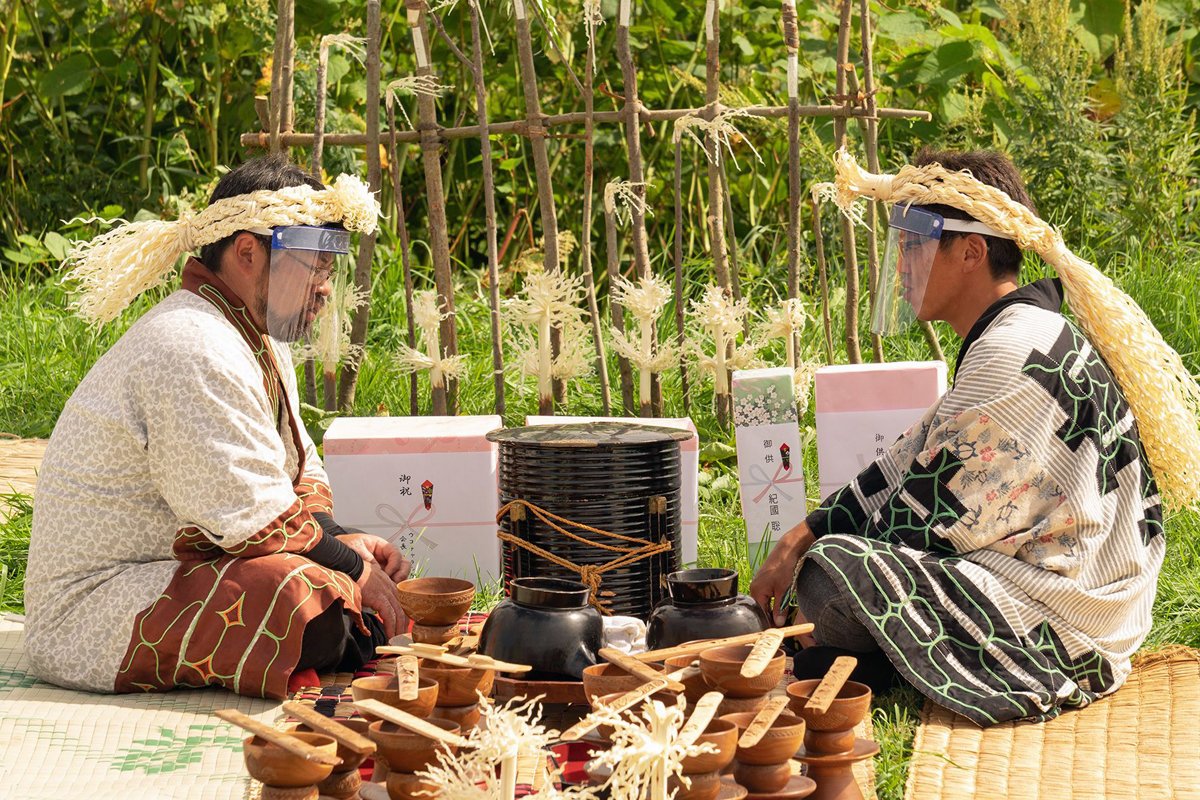For Japan’s Indigenous Ainu people, salmon is king. With inspiration from Indigenous groups in Washington state, the Ainu are reclaiming their historical fishing rights.
In May 2017, Masaki Sashima, head of the Raporo Ainu Nation, led a small delegation of fellow Tribal members from Urahoro, a coastal city in Hokkaido, Japan, to visit their Indigenous counterparts in Washington’s Olympic Peninsula. Despite the separation in language, culture, and a vast ocean, he recalls the striking bond between them. “These,” he says, “were fellow Salmon People.”
For the Ainu, a people Indigenous to Japan’s northernmost island and its surrounding region, salmon is king—as fundamental to life as the air, mountains, and sea. In fact, shipe, one of several Native names for the fish, is synonymous with food itself. “It returns to us year after year,” says Sashima, “as though it were a promise.”
Drawing on inspiration from Pacific Northwest Tribes in the United States, the Raporo have set out to reclaim historical fishing rights they believe Japan extinguished 140 years ago. But despite commonalities in Native histories, the group faces the upstream challenges of a differing legal framework, cultural fabric, and colonial pa
The quest, however, extends far beyond the basic right to fish, Sashima notes. The trip also revealed how all 20 member Tribes of the Northwest Indian Fisheries Commission (NWIFC) manage their own natural resources—and, in turn, their self-determination and governance.
“This,” Sashima realized, “is what we should be aiming for.”
Japan’s northern region was once the distinct domain of the Ainu, who migrated to the islands long before recorded history and settled into numerous kotan, or permanent villages comprised of a few dozen families. Most were located near salmon spawning grounds, giving the fish prominence in shaping Ainu culture and spirituality.
“Salmon is central not just to our cuisine,” says Usa, “but to our identity.”
Japan’s colonization of Hokkaido in the 18th century brought a seismic shift to the Ainu way of life. In addition to aggressive assimilation policies—among them the suppression of language and the outlawing of many customs, including tattooing and ear-piercing—the influx of mainland settlers had profound impacts on Native sustenance and livelihood.
By 1883, as zealous commercial overfishing depleted salmon runs, the Japanese government banned Ainu from catching their own supply. Deprived of their main food source, the Ainu witnessed the collapse of entire kotan, leaving many communities to further erode through urban migration and resettlement in subsequent decades.


